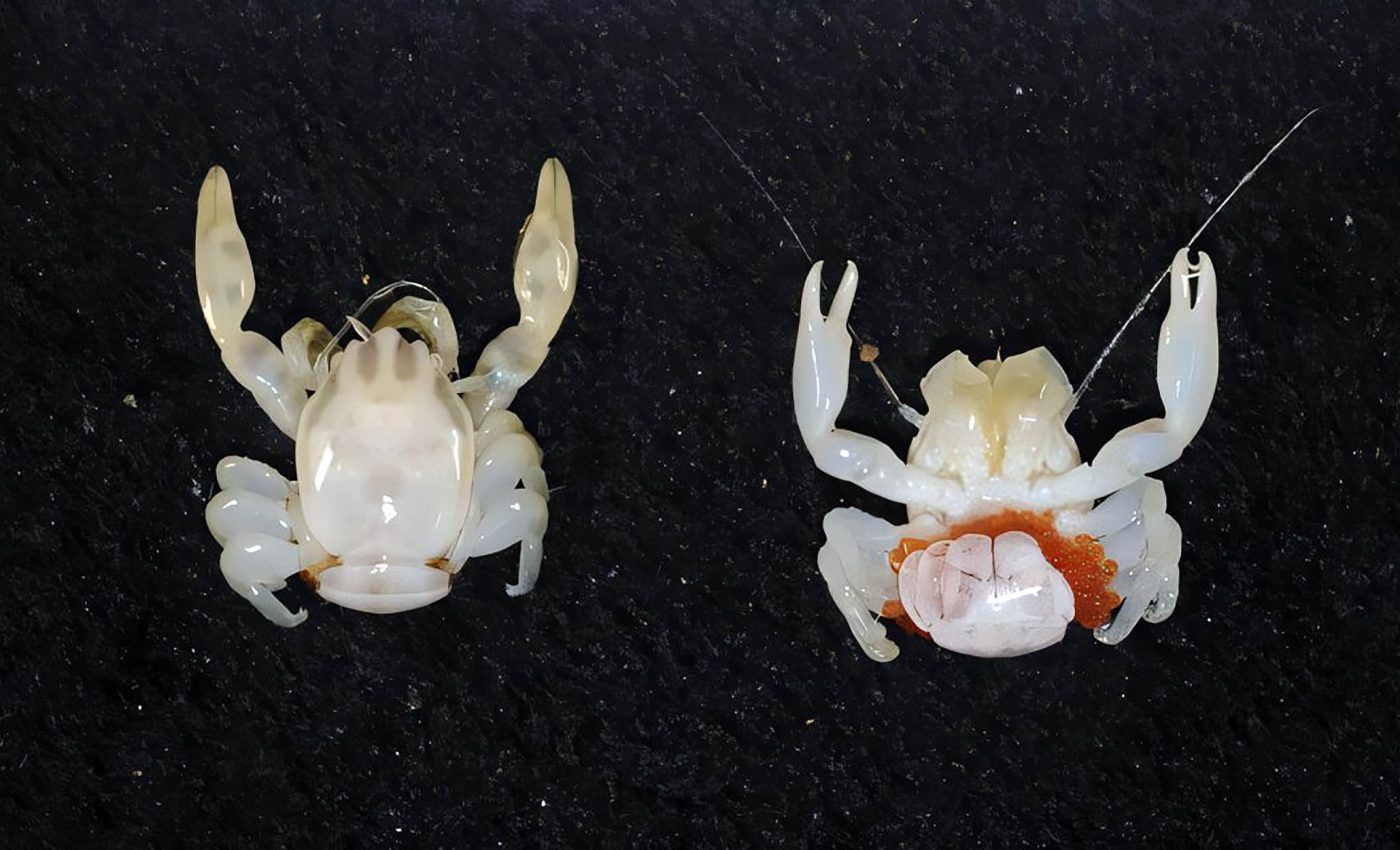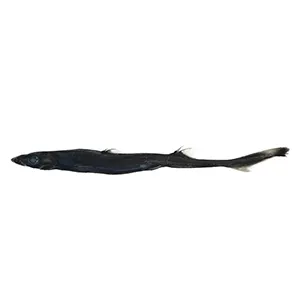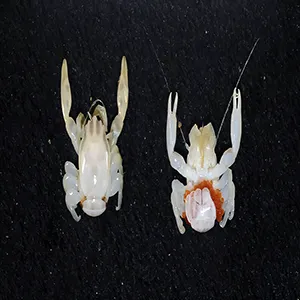
Deep-sea voyage uncovers a glowing shark and a ghostly porcelain crab
In 2022, scientists involved in a deep-sea voyage on CSIRO’s research vessel RV Investigator explored the waters off Western Australia. What they found is a reminder that the ocean floor still holds countless secrets waiting to be uncovered.
The team discovered fascinating creatures hiding in plain sight: a glowing shark and a delicate, porcelain crab.
Researchers named the shark the West Australian Lanternshark (Etmopterus westraliensis), and the Porcelain Crab, Porcellanella brevidentata.
The findings, which appeared in two journals, Journal of Fish Biology and Ecology and Evolution, weren’t random luck. They came from years of planning, patient surveying, and sharp scientific curiosity.
Both are small, both extraordinary, and both prove that Earth’s mysteries often live far below the surface.
New Lanternshark glows in the dark
Dr. Will White, an ichthyologist from the CSIRO Australian National Fish Collection, helped describe the lanternshark.
“Lanternsharks are an amazing group of sharks, and this new species was found at depths to 610 meters during biodiversity surveys for Parks Australia in the Gascoyne Marine Park area off Western Australia,” Dr. White said.
The shark is small, about the size of a forearm. Its slim body, large eyes, and sharp spines suit the pitch-black world it lives in. But what truly makes it special is its glow.
“Lanternsharks are bioluminescent, with light produced by photophores located on their belly and flanks, which is where their common name comes from,” Dr. White said.
Those glowing organs help it blend into faint light from above, hiding from predators and sneaking up on prey. It’s a survival trick written in light.
Scientists used six specimens collected during the 2022 voyage to describe the species.
Its name, E. westraliensis, honors its Western Australian home. It joins two other deep-sea discoveries from the same expedition, the Painted Hornshark and the Ridged-egg Catshark.

Porcelain crab species hides in plain sight
The other discovery couldn’t be more different.
Instead of glowing in the dark, the porcelain crab disappears completely. Dr. Andrew Hosie from the Western Australian Museum described the species.
“The new species of porcelain crab lives a symbiotic life with sea pens, which are a group of soft corals related to sea fans, where they will hide among the ‘leaves’ of the host,” Dr. Hosie said.
Tiny and translucent, the crab hides in plain sight. It measures just 15 millimeters and shimmers in pale yellow-white tones. In the soft folds of its coral home, it’s almost invisible.
Porcelain crab has odd feeding technique
Porcelain crabs don’t behave like the crabs most people know. They don’t pinch, fight, or grab. Instead, they filter-feed.
“Porcelain crabs are known as filter feeders, feeding on plankton by using modified mouthparts with long hairs to sweep the water for small pieces of food such as plankton, rather than the typical crab method of grabbing and pinching food with their claws,” Dr. Hosie said.
Researchers collected this new species during surveys off the Ningaloo coast, at depths of about 122 meters. Older samples from a 2017 CSIRO voyage helped confirm what it was.

Voyage continues to discover new life
The 2022 RV Investigator voyage has turned out to be a treasure chest of new life. Nearly 20 species have already been discovered from it, including the Carnarvon Flapjack Octopus announced earlier in 2025.
Scientists believe hundreds more species from the same trip are still waiting to be named. That’s a staggering number, and a reminder of how little we’ve explored.
Deep-sea discoveries reveal planet’s history
The deep sea remains one of Earth’s final frontiers. It stretches far beyond what light can touch, yet it’s alive with creatures that shine, hide, and drift in silence.
Biodiversity surveys like these don’t just catalogue new species. They reveal patterns of survival, adaptation, and resilience.
Every expedition brings back something unexpected; proof that the planet’s history is far from finished. Each discovery, however small, expands our understanding of life’s boundaries.
Deep-sea hiding Earth’s greatest wonders
The ocean still keeps secrets. Its depths stretch wider than imagination and hold creatures we’re only beginning to meet. The deep ocean gives nothing easily, but persistence always pays off.
The work doesn’t stop here. CSIRO scientists are already planning another RV Investigator voyage, this time to explore the Coral Sea Marine Park.
Many who sailed in 2022 will return, joined by new experts eager for discovery. The mission is simple: go deeper, look closer, and bring the unseen into view.
Somewhere out there, in the quiet folds of the ocean, more species wait to be found. And when they finally appear under the research lights, we’ll know again, Earth’s greatest wonders often hide where no one’s looking.
The findings are published in two journals, Journal of Fish Biology and Ecology and Evolution.
—–
Like what you read? Subscribe to our newsletter for engaging articles, exclusive content, and the latest updates.
Check us out on EarthSnap, a free app brought to you by Eric Ralls and Earth.com.
—–













